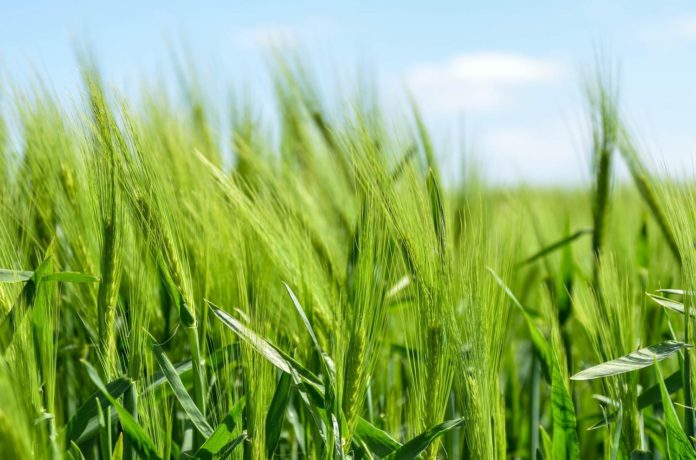A technical revolution is underway in farming, as breakthroughs in sensing technologies and robotics are set to overhaul almost every aspect of one of the oldest industries in the world. Technological development has always steered the direction of farming, to create bigger yields and leading large-scale commercial farming to swiftly outstrip traditional small-scale models.
With the aid of robotics, however, it seems that small-scale farming may once again become an economically viable pursuit, whilst improving efficiency and sustainability across the agricultural sector. Testing is already underway to use automated systems for picking and employ sensors to determine the progress of a crop’s growth. For those farming livestock, sensing technology can help monitor an animal’s health; while sensors to monitor and maintain soil quality can help reduce levels of disease and pestilence thereby reducing the need from harmful agrichemicals.
A Helping Hand
Certain of these technologies are already being implemented on a commercial scale, although the majority are still subjects of active research. Most of the biggest robotics manufacturers have been slow to pursue agricultural applications for robotics because it runs counter to established business models. The political implications of such breakthroughs would be prescient, however, as increasing food production could help with solving issues such as famine and starvation in the developing world.
High Fidelity
Sensing technologies are at the core of automated harvesting, where the real problem lies not so much in the mechanical aspect of robotics, but in developing software that can effectively harvest fruit without causing collateral damage to the crop by, for example, damaging the main stem of a plant. Scientists have already developed effective machine systems capable of harvesting a particular crop faster than humans, but one of the biggest obstacles to large-scale commercialization of automated farming robotics lies in meeting the needs of food producers who’ll require a machine capable of harvesting more than one type of crop.
Cost Concerns
Timing is another of the core efficiencies that come into play when developing effective automated farming solutions. Pick the crop too soon and there’s a loss to growth, but harvesting too late can drastically reduce the amount of time that food can be stored before perishing. However, sensors can be employed to measure the size of fruit and vegetables, in addition to detecting levels of pigmentation in the skin that can accurately judge the level of development.
Bird’s Eye View
Satellites are a frequently neglected medium that could prove crucial to enabling better farming practices. In particular, current satellite systems can detect crop degradation to alert farmers to low crop yield situations in the hope of finding time to reverse the final outcome. Infrared mapping by way of data-analysis companies can help reveal defects in manufacture practices, such as irrigation failures, weed growth, and soil fertility.
Fallow Fields
In a slightly more passive capacity, modern technologies can help in determining the economic viability of livestock harvesting. Automatons can register the rate of stillbirths that a flock will produce, and even discern crucial health problems with regards to industrial concerns such as milk production or reproduction. Much like fruit and vegetable analysis systems, difficulties emerge when attempting to employ a single machine for multimedia applications.
However, despite the limitations of agricultural technology, economic impetuses will eventually drive production forward. Farming may not be the most white-knuckle arena of robotics development, but it remains a crucial outlook for the global economy, especially as big businesses work to maintain the line that global food shortages are a result of economic shortcomings, rather than intrinsic scarcity approaches to rolling out farsighted agricultural technologies.

